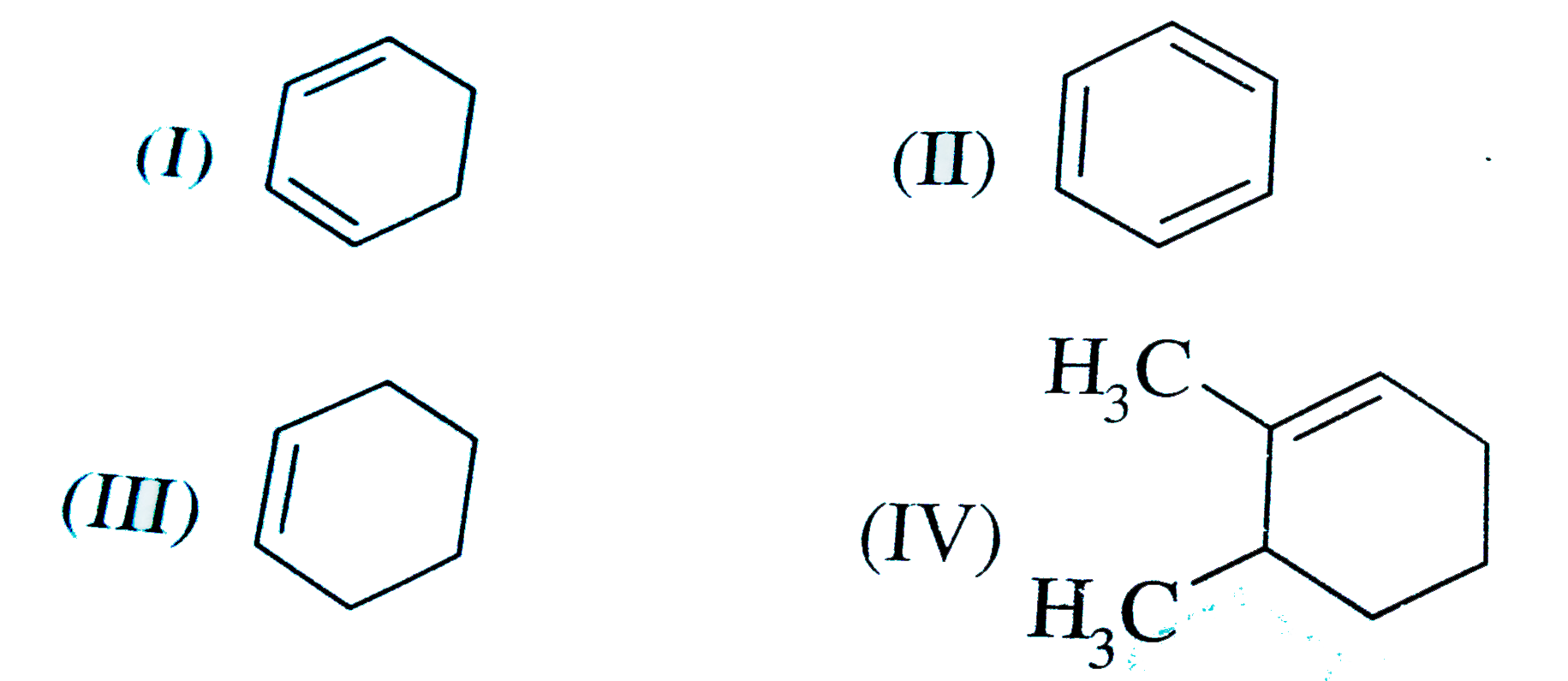Arrange the following bonds according to their averge bond energies in descending order:
C−Cl,C−Br,C−F,C−I
C−Cl>C−Br>C−I>C−F
C−I>C−Br>C−Cl>C−F
C−F>C−Cl>C−Br>C−I
C−Br>C−I>C−Cl>C−F
To determine the average bond energies of the given bonds (C-Cl, C-Br, C-F, and C-I) and arrange them in descending order, we can follow these steps:
Step 1: Understand Bond Energies
Bond energy is the amount of energy required to break a bond between two atoms. Generally, stronger bonds have higher bond energies.
Step 2: Analyze the Bonds
We have the following bonds to analyze:
- C-Cl (Carbon-Chlorine)
- C-Br (Carbon-Bromine)
- C-F (Carbon-Fluorine)
- C-I (Carbon-Iodine)
Step 3: Compare the Bonds
1. C-F (Carbon-Fluorine): This bond is known to be very strong due to the high electronegativity of fluorine, which creates a strong bond with carbon. The bond energy is typically high.
2. C-Cl (Carbon-Chlorine): Chlorine is less electronegative than fluorine, resulting in a weaker bond compared to C-F but stronger than C-Br and C-I.
3. C-Br (Carbon-Bromine): Bromine is larger and less electronegative than chlorine, leading to a weaker bond than C-Cl.
4. C-I (Carbon-Iodine): Iodine is the largest and least electronegative of the halogens listed, resulting in the weakest bond among these four.
Step 4: Arrange the Bonds by Energy
Based on the analysis of the bond strengths:
- C-F has the highest bond energy.
- C-Cl comes next.
- C-Br follows.
- C-I has the lowest bond energy.
Final Order
Thus, the order of the bonds according to their average bond energies in descending order is:
1. C-F
2. C-Cl
3. C-Br
4. C-I
Answer
C-F > C-Cl > C-Br > C-I
---
Bond energy is the amount of energy required to break a bond between two atoms. Generally, stronger bonds have higher bond energies.
We have the following bonds to analyze:
- C-Cl (Carbon-Chlorine)
- C-Br (Carbon-Bromine)
- C-F (Carbon-Fluorine)
- C-I (Carbon-Iodine)
1. C-F (Carbon-Fluorine): This bond is known to be very strong due to the high electronegativity of fluorine, which creates a strong bond with carbon. The bond energy is typically high.
2. C-Cl (Carbon-Chlorine): Chlorine is less electronegative than fluorine, resulting in a weaker bond compared to C-F but stronger than C-Br and C-I.
Based on the analysis of the bond strengths:
- C-F has the highest bond energy.
- C-Cl comes next.
- C-Br follows.
- C-I has the lowest bond energy.
Thus, the order of the bonds according to their average bond energies in descending order is:
1. C-F
2. C-Cl
3. C-Br
4. C-I
C-F > C-Cl > C-Br > C-I
Topper's Solved these Questions
Similar Questions
Knowledge Check
The C−C bond order in bezene is :
A1B2C1.5D1.3Which of the following is the correct order for bond energy for C-H bonds in these compounds?
 AY>Z>XBX>Z>YCX>Y>ZDZ>X>Y
AY>Z>XBX>Z>YCX>Y>ZDZ>X>Y
Arrange with explanation the following bonds in the increasing order of their bond length and bond energy:
H−H H−F
H−Cl H−Br
H−I
View SolutionArrange the following bonds in order of increasing ionic character giving reason.
N-H, F-H, C-H and O-H
View SolutionAmong the following compounds, which one has the shortest C−Cl bond?
View SolutionAmong the following metal carbonyls, the C−O bond order is lowest in
View SolutionAmongst the C-X bond the correct bond energy order is
View SolutionArrange the halongens in order of bond dissociation energies.
View Solution

